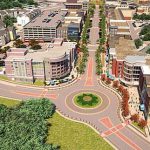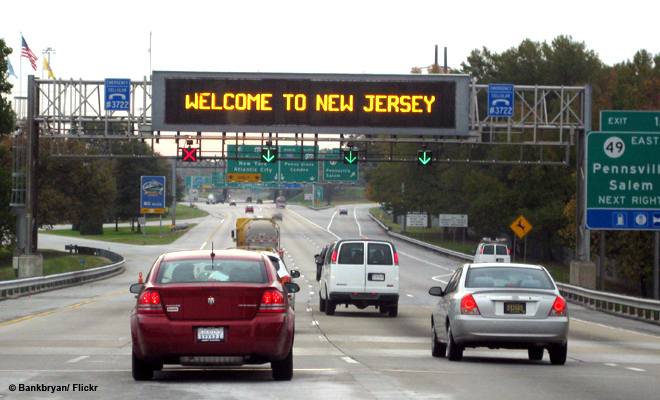New Jersey Future Blog
Nowhere to Live
September 29th, 2006 by Tim Evans
- New Jersey has the fifth-least affordable housing in the nation, according to the U.S. Census. One in four New Jersey households is saddled with a housing burden, meaning they spend at least 35 percent of their gross income on housing costs.
- The lack of more affordable options in housing, including townhomes and apartments, puts New Jersey second only to California in the median percent of income spent on housing costs (21.8 percent, compared to California’s 22.5 percent).
- Overcrowded housing (defined as more than one person per room) is also on the rise in New Jersey, a sign of the lack of affordable housing available in the state. In 1990, 3.9 percent of households were crowded, with 1.3 percent of these severely crowded (defined as more than 1.5 persons per room). By 2000, the percent of crowded households had risen to 5 percent, an increase of 45,000 in the number of crowded households. Severely crowded households increased by an even more dramatic 74.1 percent, making up 2.1 percent of all households as of 2000.
- Enough new housing isn’t getting built to meet the demand, and the right type of housing isn’t getting built in the right places. Homes with nine or more rooms, sometimes labeled “McMansions,” accounted for 30 percent of the total increase in housing units in New Jersey between 1990 and 2000. The number of such homes increased by 23.3 percent between 1990 and 2000, while the overall housing unit supply increased by only 7.6 percent, lagging behind population growth (8.6 percent) over the same time period.
- Additionally, almost two-thirds of New Jersey municipalities added no multi-family or apartment housing (three or more units) in the 1990s, including more than half (51) of the 88 communities that grew by at least 20 percent during this period. Half of all the multi-family housing in the state is concentrated in a handful of municipalities (32), often far away from growing employment centers.
- The trend continues. Between 2000 and 2005, multi-family housing made up an even smaller percentage of total building permits than it did in the 1990-1999 period — 24.5 percent in the past 5 years, compared to 29.9 percent in the previous decade.
THE HOUSING AND ECONOMIC GROWTH CONNECTION
New Jersey’s housing crisis looms large over the state. With housing growing increasingly unaffordable in New Jersey, many residents are moving out of state, according to New Jersey Future’s report: Moving Out: New Jersey’s Population Growth and Migration Patterns. The concern is that businesses will do the same.
At this week’s Governor’s Conference on Housing and Community Development in Atlantic City, much of the talk focused on the lack of affordable housing available in New Jersey and its consequences for the state’s future economic development. During his keynote address, Governor Corzine emphasized that New Jersey’s economic success is linked to the success of the state’s housing market and the state’s ability to provide affordable opportunities to the workforce.
The Governor pointed out that one of the primary reasons why businesses are not locating in New Jersey is that housing – particularly affordably-priced housing for a middle-income workforce – is simply not available close to the areas where commercial development already exists or where it should be built, in smart growth areas near existing infrastructure.
This is an issue not only for working families – it is also a deterrent to attracting high-skilled jobs. He cited the example of the Class A office space along the Route One corridor – which is a prime location for a business given its proximity to Rutgers and Princeton Universities and to other businesses already located there – which currently has a twenty percent vacancy rate, because business owners don’t want to force their workers to commute long distances for reasonably priced housing.
There is a clear connection between the opportunity for economic growth and the opportunity to find housing affordable to all income types. A statewide housing policy that addresses our pressing housing issues will go a long way towards helping New Jersey achieve economic prosperity for years to come. Housing affordability is not only an issue for New Jersey families; it is a cornerstone of the state’s economic prosperity.
For questions about this issue of Future Facts, contact Tim Evans, research director.
















